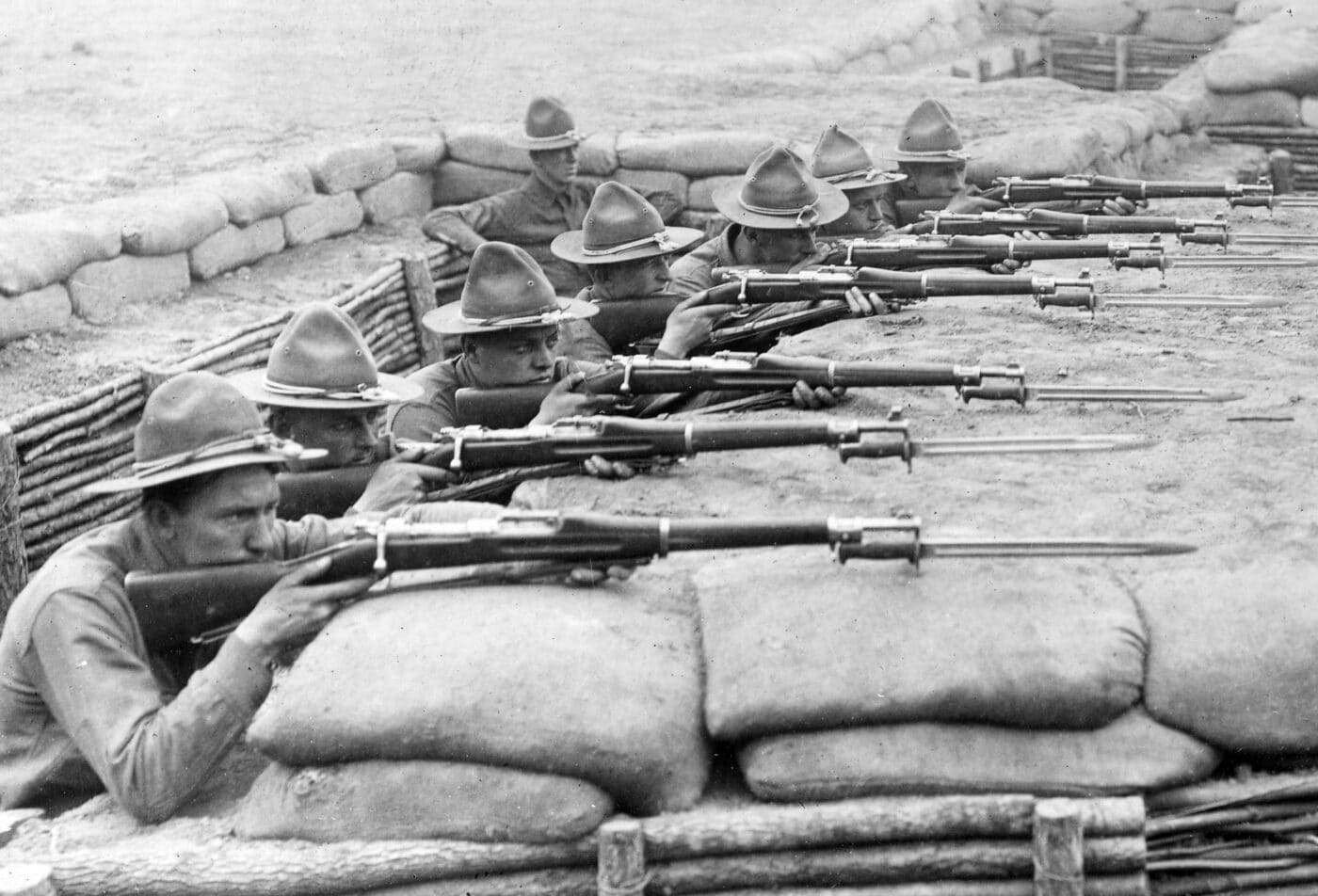

Desirability for the Mark I drives up collector's interest, and hence the price. Many sellers, buyers and owners will see the Mark I stamp on the receiver ring, and dollar signs begin to roll in their eyes. But what is just the rifle worth? It depends.
#Rock island armory 1903 springfield full
And yes, a spectacular and completely original Mark I rifle accompanied by an excellent conditioned Pedersen Device with full accoutrements could approach $64,000. The most commonly asked question will be addressed first (and last).Ī1: The $64,000 question. QUESTIONS ABOUT THE MODEL 1903 MARK I RIFLE For collectors seeking a better familiarity with the Mark I before adding their specimen, let's take a closer look and answer some common questions. But whether original, returned to standard, re-inspected, repaired or entirely overhauled, there is still a connection to a unique purpose and history, and the Mark I is a niche variant for any complete Model 1903 collection. Hence, the Mark I rifles which retained their original features have a more favorable allure in the collecting community than the rifles refitted with standard parts or entirely Arsenal Overhauled. The rifles were issued to National Guard troops, since the regular Army was being issued M1 Garand rifles at that time." The existence of numerous original Mark I rifles indicates this directive was not entirely followed. īut since a small percentage of Mark I rifles still appear today in original configuration, John Beard states, "The Chief of Ordnance issued a directive that the peculiar Mark I parts on the rifles were to be removed and replaced with standard service rifle parts in preparation for issuance. The inventory of Mark I rifles were ordered to be returned to M1903 standards in 1937. When semi-automatic rifle plans became operative, the Pedersen Device became obsolete and all but several dozen were destroyed in 1931. Hence, the devices and most Mark I rifles went straight into storage. WWI ended before the Pedersen Device went into full scale production. While the device could be adapted to most any rifle, and plans were made to include the Model of 1917 and Model 1891 Mosin Nagant, the only rifle to receive alterations and go into full scale production was the US Rifle, Cal.30, Model of M1903, Mark I at Springfield Armory. In order to accommodate the Pedersen Device, a few changes needed to be incorporated 1nto a standard bolt action rifle. Pedersen Device (pictures courtesy of Rock Island Auction, sale price of lot - $69,000} Sixty-five thousand Pedersen Device units were built at Remington Arms from late 1918 through mid 1920. Today, we simply call it the Pedersen Device. Seen by the War Department as a highly advanced offensive and defensive advantage over enemy troops, the development and production proceeded under secrecy with a deceptive designation given by Ordnance Department as the US Automatic Pistol, Caliber. Capacity increased from five rounds to forty rounds, and rate of fire increased from fifteen rounds per minute to eighty.

In an effort to break the stalemate of trench warfare in WWI, noted arms designer John Pedersen developed a mechanism which would fit into the bolt channel of a rifle, successfully transforming the bolt action into a semi-automatic firearm. Sporterized examples are outside the topic of discussion.Ī special thanks goes out to John Beard and Rick Slater for review, input, direction and corrections. The focus of this article is on rifles in military configuration only. But if anyone would like larger images for greater detail, let me know and I will add them in subsequent replies to the topic. Some photos are limited in size to facilitate ease of reading. Pictures are presented to support the text. Hopefully, the following presentation will alleviate the need for owners of Mark I rifles to surf and weed through extraneous links and unrelated text to find quality answers to their questions. But most owners will have an interest from an historical perspective, and the current relevance of their particular rifle's originality and value. Some folks buy rifles only to collect, others will not own a rifle if they can't shoot it. But for the average gun collector, it is very difficult to locate valuable and encompassing information in one stop. There are hundreds of forum topics on the US Springfield Armory Model 1903 Mark I rifle which can be retrieved through internet searches.


 0 kommentar(er)
0 kommentar(er)
